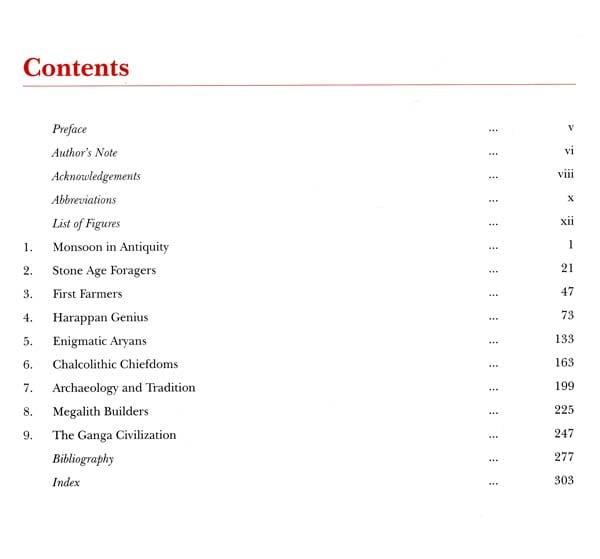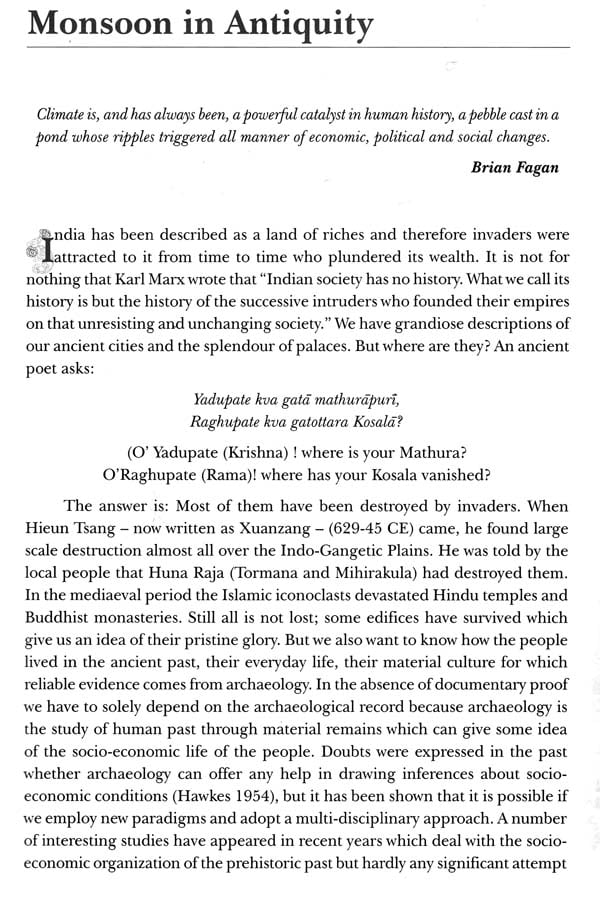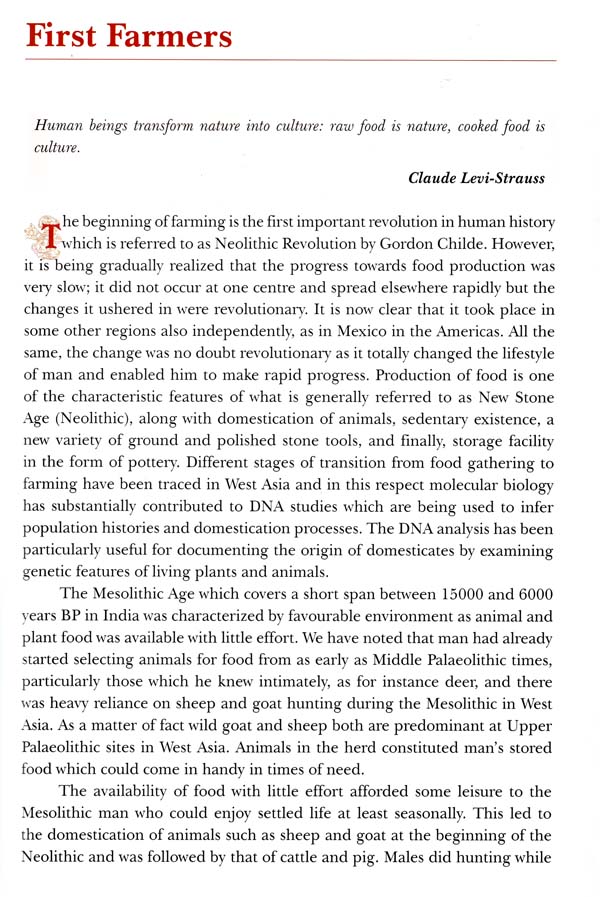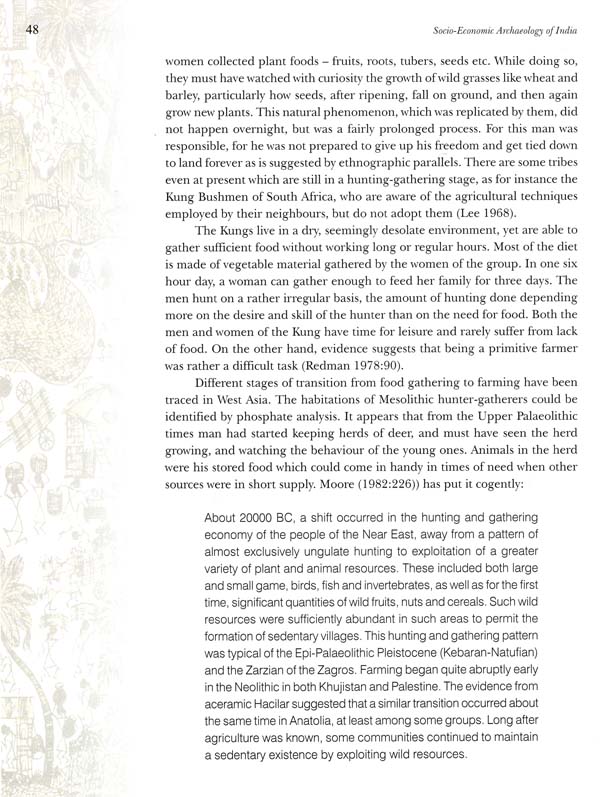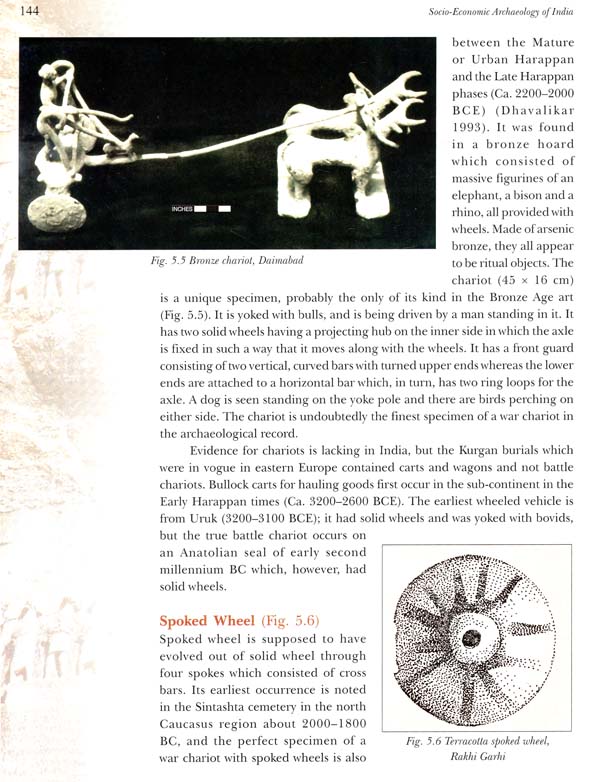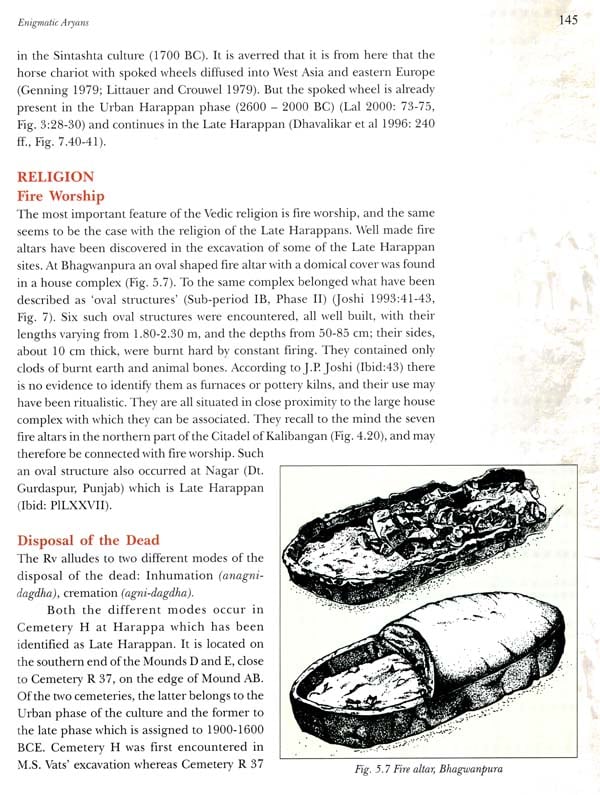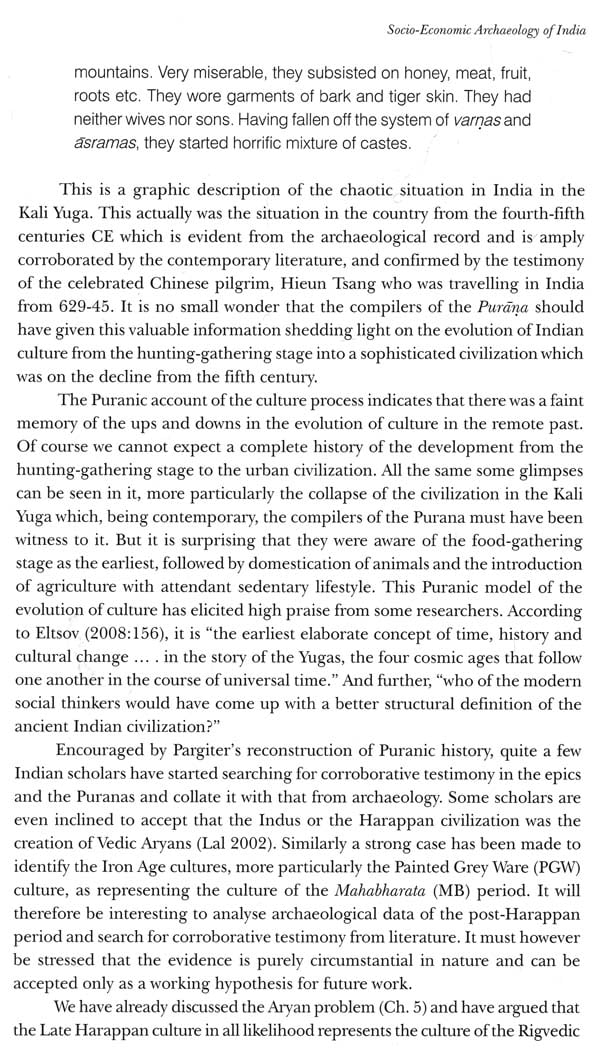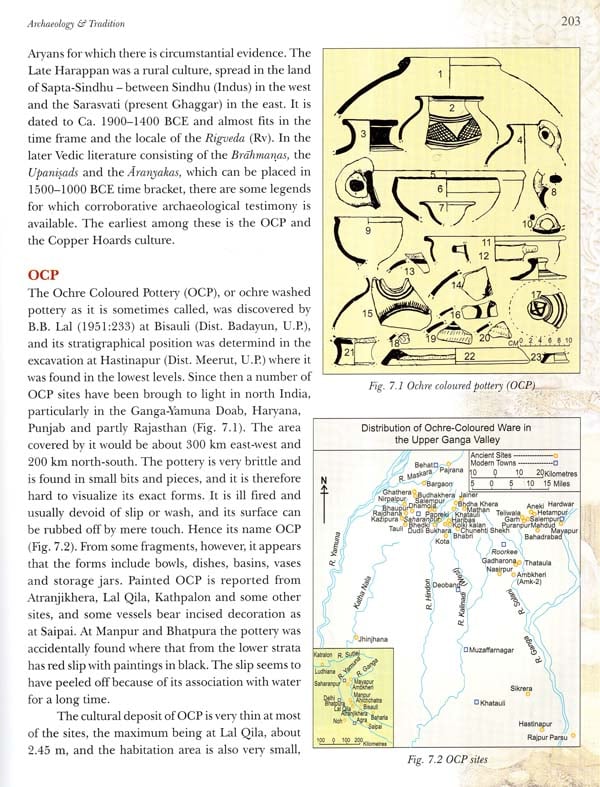
Socio-Economic Archaeology Of India
Book Specification
| Item Code: | NAW971 |
| Author: | M. K. Dhavalikar |
| Publisher: | ARCHAEOLOGICAL SURVEY OF INDIA |
| Language: | English |
| Edition: | 2014 |
| Pages: | 309 (Throughout Color And B/W Illustrations) |
| Cover: | HARDCOVER |
| Other Details | 11.50 X 9.00 inch |
| Weight | 1.58 kg |
Book Description
It was formerly thought that there are some aspects of human life in the prehistoric past such as the socio-economic organization and polity etc. on which archaeology can shed no light. However, it has now been possible to do so if we adopt scientific methodology in the recovery of data and its interpretation. It was mostly due to the revolutionary changes brought about in archaeological theory and method by Lewis R. Binford (USA) and David Clarke (UK) in the early sixteen of the last century. Several new paradigms from sister disciplines such as anthropology, geography, ethnography etc. have now been introduced in archaeology and as a result archaeologists now talk of ancient society, polity, exchange systems, etc. All this goes under the rubric New or Processual Archaeology which, however, is no more new. Archaeologists thus far talked about what happened in the past but now the main objective is to explain why did it happen as explanation of culture change is the ultimate aim. Moreover, reconstruction of past lifeways is a very vital aspect of archaeological studies, and the very definition of culture has been changed. It has been observed that environment plays a dominant role in the evolution of human cultures. The present study is an attempt to employ the new scientific methodology for analysing archaeological data which allows us to draw far reaching conclusions. We can now identify egalitarian societies evolving into chiefdoms and further developing into a state society or in adverse circumstances resort to pastoral nomadism. It is possible to identify different groups in a society, study their dietary habits, tradition of succession, agricultural technology, craft specialization and so on. The study demonstrates that culture changes in India in the past were largely due to environmental shifts. The new methodology unfortunately is in a nascent stage in India when scholars in the western world are talking about the origin of language and cognitive archaeology. But such studies on a large scale will go a long way in understanding the evolution of cultures in the hoary past of India...
Madhukar Keshav Dhavalikar (b.1930); MA (I Class First), PhD, University of Poona, joined Archaeological Survey of India (1953-65) where he was trained in archaeological field methods; Lecturer in AIC and Archaeology, Nagpur University (1965-67); Reader (1967-80) and Professor of Archaeology, Deccan College, Pune (1980-90) where he became Joint Director (1982-85) and Director (1985-90). He carried out excavations of Protohistoric and Historical sites in Maharashtra, M.P. and Gujarat, among which the most noteworthy are Inamgaon (1968-83), Prabhas Patan (1972-75) and Kuntasi (1987-90 which have been acclaimed as models of archaeological research employing scientific methodology for data recovery and its interpretation. They shed a flood of light on such aspects of past life as settlement patterns, subsistence strategies and socio-economic conditions of the Protohistoric past (5000-1000 BC) for which no written records are available. The present study is the product of life-long research carried out by the author with special reference to the dominant role of environment. It clearly demonstrates how the culture changes in India have been largely caused by shifts in environment.
The author has several publications to his credit besides excavation reports and research papers in international journals. They include Indian Protohistory (1997), Historical Archaeology of India (1999), Environment and Culture (2002), The Aryans -Myth and Archaeology (2007), Encyclopaedia of Indian Archaeology, Vol.II (in press) and others. The author has also deep interest in Art History and his publications include Ajanta-A Cultural Study (1973), Masterpieces of Indian Terracottas (1977), Late Hinayana Caves of Western India (1984), Satavahana Art (2004), Cultural Heritage of Mumbai (in press) among others.
The author has been associated with several research institutions such ASI, National Museum, Bhandarkar Oriental Research Institutes and others. He was President, Indian Archaeological Society (1986), Indian History Congress (1999), and was awarded the prestigious Tagore National Fellowship by Government of India (2011-13). Among the honours mention may be made of Silver Medal by Asiatic Society, Mumbai; Padmasri by the President of India (2011) and Gold Medal by the Prime Minister of India (2011).
As part of the celebrations marking the completion of 150 truly eventful years of its existence, the Archaeological Survey of India has published during the year 2011-2012 many new publications and has also revived its two major and widely acclaimed research journals Ancient India and Epigraphica Indica. In tune with the historical spirit of the celebratory event, it has also brought out three books about its own genesis and development. These are John Keay's To Cherish and-Conserve: The Early Years of the Archaeological Survey of India; Custodians of the Past: 150 years of the Archaeological Survey of India (edited by Gautam Sengupta and Abha Narain Lambah), and Rediscovering India 1961-2011. The Fourth in the series is History of Archaeology-Themes, Institutions and Personalities by K. Paddayya. I understand that all these publications are being received enthusiastically by readers across the country.
I am now glad to place before the discerning readers a fifth publication dealing with the Social and Economic Aspects of Archaeology. This is Socio Economic Archaeology by Professor M.K. Dhavalikar. He is a well-known scholar with many significant contributions to historical, social, field and environmental aspects of Archaeology. In addition to teaching and field investigations spanning more than four decades, Professor Dhavalikar has published a number of important and widely cited research papers on this topic in Indian and international journals and volumes. Upon our request he has brought these papers together in a revised and enlarged manner so as to form links in a succinct story in order to make them readily accessible to interested readers. The emphasis of the book is on settlement and subsistence patterns and socio-economic life of the people, with special focus on their environmental background. The present study is on evolution of Indian culture and the cyclical shifts which were largely caused by environmental changes.
The staff of the Archaeological Survey of India deserves all appreciation for bringing out this publication in a befitting manner. I am confident that this book will be widely welcomed.
**Contents and Sample Pages**
